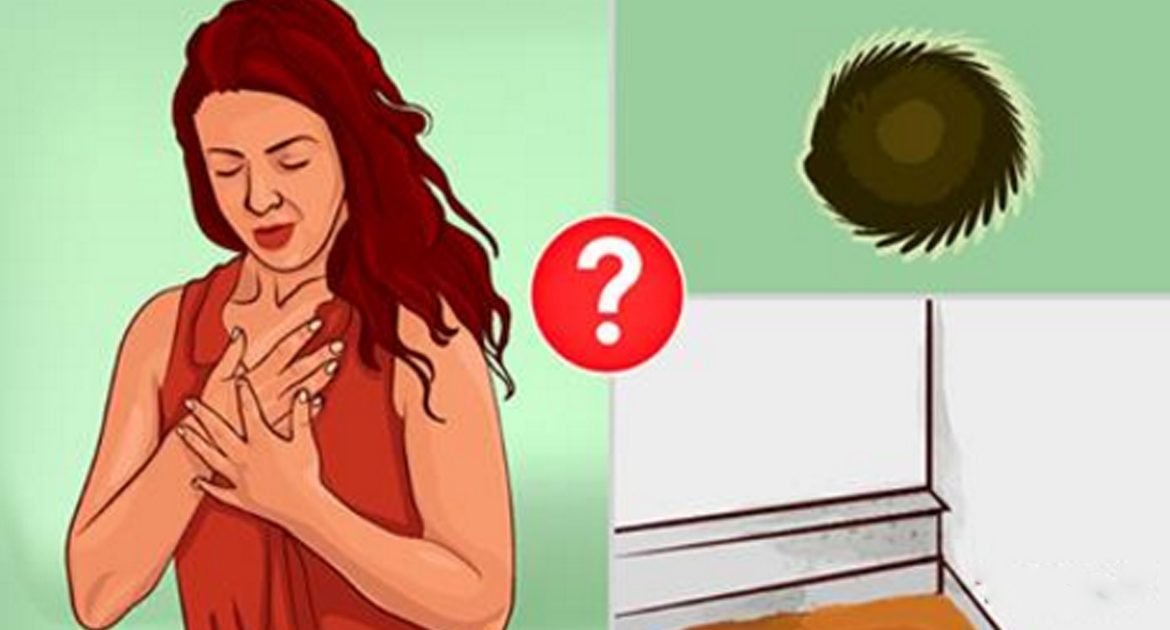Most homeowners sooner or later face the mold, and it is a huge issue. However, not many people even know how that mold even looks like. Actually, it can be found almost anywhere, even the shower curtain or home plants. It is dangerous because it releases spores which cause asthma attacks or allergies. In a room with the mold the quality of air is getting much worse over time. So it is very important to find out as much about mold as possible so you can find it and get rid of it as soon as it appears.

There are more than a thousand kinds of mold. They can grow in your house and affect you in different ways. That is how mold is usually classified.
Allergic Molds. This type is not the most dangerous, but it can agitate allergies and asthma. It often affects children.
Toxigenic Molds. These molds produce mycotoxins that might be linked with cancer and immunosuppression. This sounds much more serious than the first type. One more trouble is that you can get infected by inhaling, eating or even touching that mold.
Pathogenic Molds. They cause infection that can be especially dangerous to people with compromised immune systems. After being exposed such people often suffer from an acute response that is similar to bacterial pneumonia.
5 Common Household Molds
1. Stachybotrys. It is also known as a “black mold”. It is extremely dangerous and toxic! It can cause breathing problems and even bleeding in the lungs. You don’t get to see it too often, but should be aware of it. It can be found on paper products or wood.
2. Alternaria. It is the less dangerous mold from this list. It can be found even on your body, and cause allergies.
3. Penicillium. It causes allergies and asthma and can be found on fabric, wallpaper, and in air conditioning vents. Penicillin is synthesized exactly from this mold.
4. Aspergillus. It lives in dark, warm places. It produces toxins that can cause lung infections that are not pleasant for people.
5. Cladosporium. Normally it grows outdoors, but sometimes can also be found inside. It lives on wood, porous materials, and textiles.

It can cause a wide range of problems with health. The most well-known are allergies, but those are the least dangerous of all. Sometimes mold exposure can lead to infections, reactions, or even pneumonia. Some specialists even say it can cause Chronic Inflammatory Response Syndrom (CIRS).
21 Signs Showing That You Might Have A Mold Illness
1. Weakness
2. Sensitivity to light
3. Shortness of breath
4. Headaches
5. Numbness
6. Coughing
7. Brain fog
8. Nerve pain
9. Increased urination
10. Metallic taste
11. Fatigue
12. Tremors
13. Aches and pains in the joins
14. Night sweats
15. Vertigo
16. Change in appetite
17. Diarrhea
18. Nausea
19. Memory issues
20. Excessive thirst
21. Abdominal pain
If you suspect that you could have been exposed to mold or you actually have these symptoms, see your doctor.
And Liked Video it with your friends and family to protect them with the knowledge.






